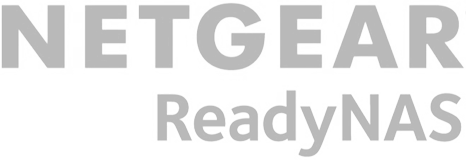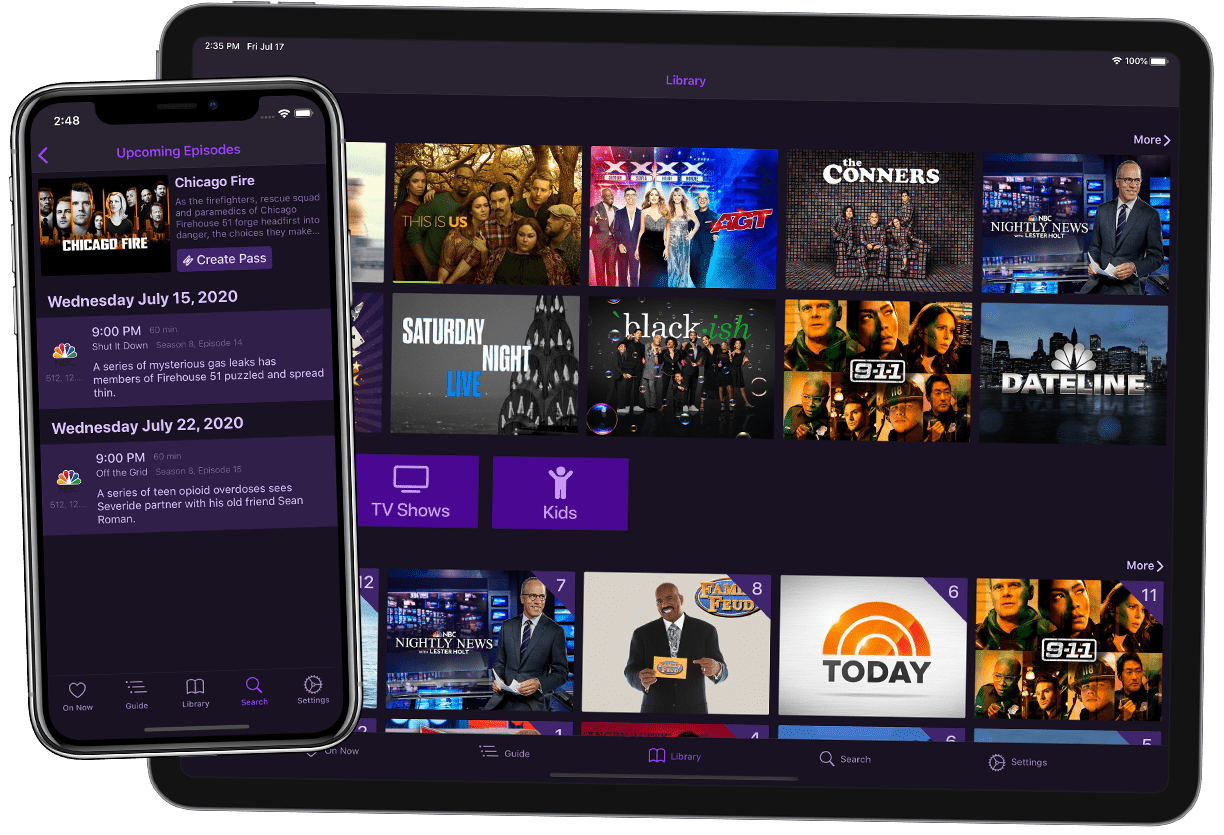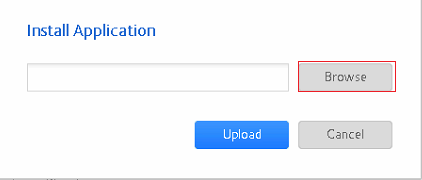Channels DVR Server
Our flexible, standalone DVR server that lets you schedule and watch recordings anywhere.

The brain for Channels.
Channels DVR Server runs on your computer or NAS device at home. There's no cloud to worry about. Your recordings and shows will always be available. Simply install Channels DVR Server on a device and Channels will magically see it from any TV or device you own.
Your first step is to simply install Channels DVR Server to let it power your new TV watching experience.
Installs on virtually any device.












With minimum requirements of 1GHz CPU and 1GB RAM, it doesn't take a fast computer to run Channels DVR Server. Find an old computer and connect a big hard drive to it. You'll be running a DVR at home in minutes.
Minimum Requirements
- HDHomeRun network TV tuner
- 1GHz CPU (64-bit Intel, or 32-bit/64-bit ARM)
- 512MB RAM
- Large HDD for storing recordings
- HDTV is on average ~8GB per hour
Recommended Requirements
- HDHomeRun network TV tuner
- Intel CPU with Quick Sync for hardware transcoding
- 1GB RAM
- 2TB HDD for storing over 250 hours of recordings
Install Channels DVR Server
Select a device
Raspberry Pi
The new Raspberry Pi 4 makes for a great Channels DVR Server. We have built a custom image that lets you flash it directly onto your USB 3.0 hard drive and get set up with Channels DVR server in minutes.
Learn More about our custom Raspberry Pi image and how it works.
Download Pi Image More Info Setup Documentation
Windows
Channels DVR Server can be installed on versions of Windows 10.
Linux / FreeBSD
Channels DVR Server can be installed on Linux or FreeBSD by running a simple script.
Synology
Channels DVR Server can be installed by uploading our software into the Synology DSM Package Center.
DSM 7
DSM 6
QNAP
Channels DVR Server can be installed by uploading our software into the QNAP App Center.
WD MyCloud
Channels DVR Server can be installed by uploading our software into the Apps tab.
OS5
Download for DL2100 Download for DL4100 Download for MirrorGen2 Download for PR2100 Download for PR4100 Download for EX2Ultra Download for EX2100 Download for EX4100
OS3
Download for MirrorGen2 Download for DL2100 Download for DL4100 Download for PR2100 Download for PR4100 Download for EX2 Download for EX2Ultra Download for EX4 Download for EX2100 Download for EX4100
Other
Install on MyCloud Home Install on MyCloud (single-drive old model)
Netgear ReadyNAS
Channels DVR Server can be installed by uploading our software into the ReadyNAS Apps interface.
Seagate/Lacie (NAS OS)
Channels DVR Server can be installed by uploading our software into the NAS OS App Manager
Unraid
Channels DVR Server can be installed on the Docker tab using a template repository.
FreeNAS
Channels DVR Server can be installed on FreeNAS 10 via our iocage plugin.
Asustor
Channels DVR Server can be installed by uploading our software into Asustor App Central.
NVidia SHIELD
Channels DVR Server can be installed on the NVidia SHIELD from the Google Play store.
Docker
Channels DVR Server can be run as a Docker container.
Learn more about DVR
Channels is the best way to record and watch your favorite TV. Link Channels with your source or provider and start recording your favorite shows and watching anything while away from home.








